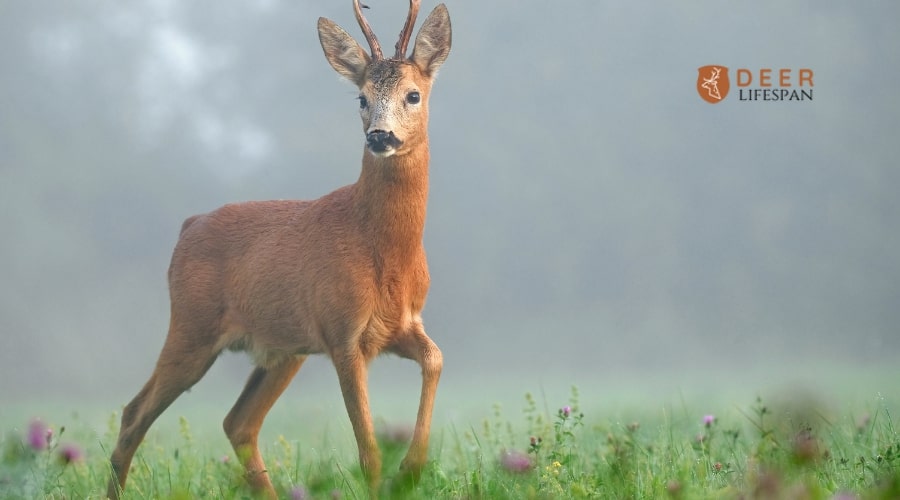How Long Do Deer Live?
While walking down the woods with your hunting equipment in your hands, you saw a deer running away, and you couldn’t help yourself asking how long do deer live. Regardless of your answer, we’ll explain the life span of deer, what factors affect them, and answer that question for male deer, female deer, white-tail, and …


